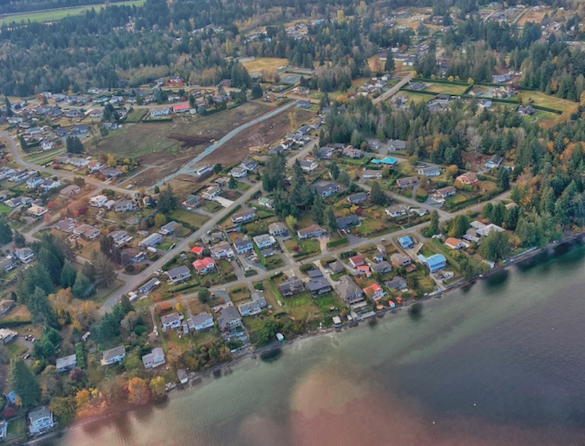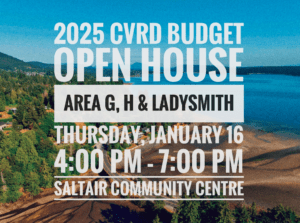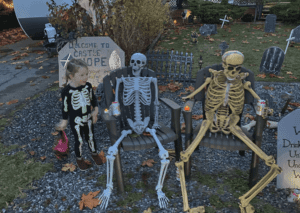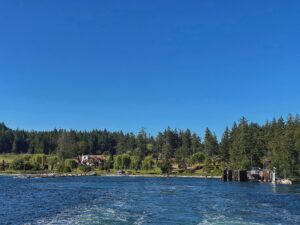I recently returned from the Union of BC Municipalities (UBCM) Housing Summit, which was held to bring all forms of local government up to speed with new provincial housing legislation. Bills 44, 46, and 47 require local governments to pre-zone land for more housing while reducing current rezoning processes and emphasizing development near public transit.
Whether you own a home or not, if you live in BC, you know in your bones that housing has become generally unaffordable for many people. The speakers at the UBCM summit painted a grim and eye-opening picture; not only will BC welcome 1 million new residents to our province over the next eight years, but Braden Batch, the Lead Economist from BC, CMHC, conducted a comprehensive housing study and concluded that in addition units BC was already scheduled to build, it needs to make an additional 600,000 new front doors to return to how it ‘felt’ in 2003. We are in the midst of a housing crisis of monumental proportions, but it’s not all doom.
BC Housing Minister Ravi Kahlon and the province have a plan that evenly distributes responsibilities across all regions while considering infrastructure limitations such as water, sewer, and other amenities. Larger cities have housing targets they must hit or likely face penalties; properties not in region districts labelled “Single Family Homes” will now be zoned for six or four units; and electoral Areas like Area G will be required to have secondary suites for everyone regardless of lot size however sewer and setback regulations must still be adhered to. Accessory dewing units are being considered but are not mandated by the province in electoral areas.
If you say to yourself, “I like my community precisely the way it is, why can’t we just pull up the drawbridge? We are facing a demographic tsunami. Federal housing minister Sean Fraser reminded everyone that 20 years ago, there were seven working people for one retired person, and today, there are just three working people for every retired person. If we want doctors, nurses, teachers, and homebuilders to live and work in our communities, they need keys to a front door and a place to hang their hats. More importantly, if we want to fund and maintain our sacred social programs, we need a working tax base to fill our coffers.
Canada is doing the best in the world, attracting skilled workers at a pace three times greater than our next competitors. Still, Andy Yan, the Director of the SFU Cities Program, reminded everyone that it’s immoral for Canada to go out into the world, sell the Canadian dream, and then toss broad-eyed immigrants into an untenable housing situation.
I’m an optimist, and I view the next eight years as an opportunity to shape our places into healthy, sustainable, vibrant communities that welcome working newcomers, make room for our children, and respect those who came before and built our communities while staying true to our rule roots. There will be much more information in the coming months and many opportunities for you to provide input.
Note: CVRD budgets still need to be finalized as of this writing. However, I can share that Area G is likely facing an approximate $20 per $100,000 (i.e. $200 on a million-dollar home) tax increase. It’s a small consolation, but we will likely remain the lowest tax jurisdiction in CVRD.





